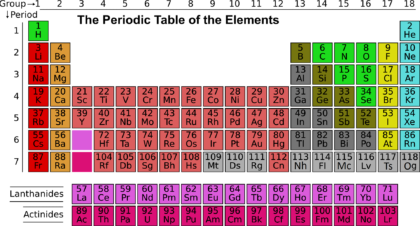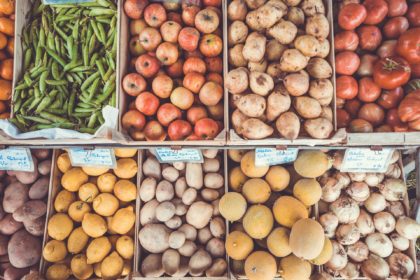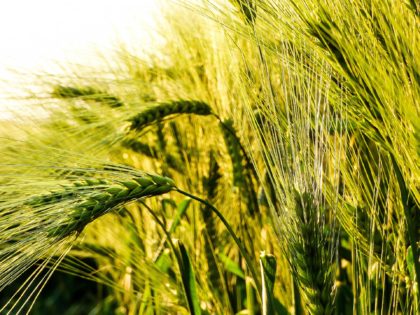Plant Nutrient Deficiencies (Gr. 6-8)
In this lesson, students learn about fertilizers and their role in plant nutrition. Students will also learn about the need to replenish nutrient balance in agricultural soils, and discuss how people and crops can suffer from nutrient deficiencies. Developed by National Ag in the Classroom, this grade 6-8 resource is linked to curriculum outcomes.












